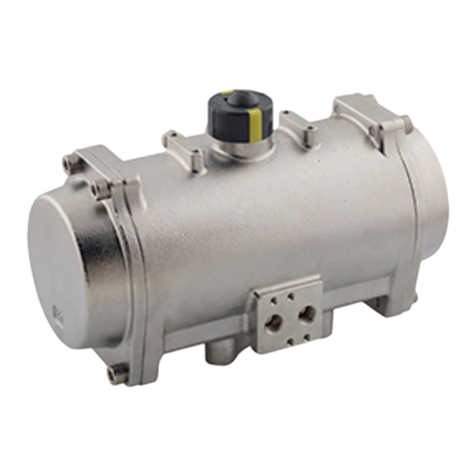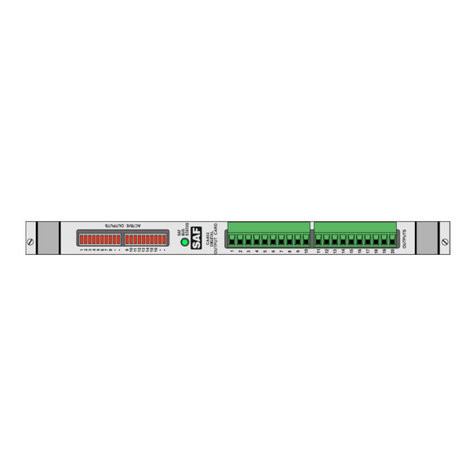3. Set other potentiometers according to system
requirements (see next column for examples)
4. Connect Mains voltage to starter Line
terminals.
5. Start the motor, if it begins revolving shortly
after start signal proceed to Para. 5. If not,
increase Initial Voltage setting until motor
starts to turn shortly after start signal.
When initial inrush current and mechanical shock
are too high, decrease Initial Voltage setting and
proceed to Para 6.
6. Motor begins to turn. If speed smoothly
accelerates to nominal proceed to Para 6. If
current during acceleration is too high,
slightly decrease Current Limit setting. If
motor speed does not increase to nominal,
increase Current Limit setting.
7. Disconnect the start command (open
Terminals 1 and 2) and wait until the motor
stops.
8. Slightly increase Initial Voltage and Current
Limit adjustments to allow for load variations.
9. Start the motor again and verify that
acceleration process to full speed is as
required.
10. If acceleration time is too short, increase
Ramp-Up time setting.
When Soft stop is required, set Ramp-Down
Potentiometer to the required time (minimum
deceleration time is recommended).
Check that soft stopping process is as required.
Examples of Starting Curves
Light Loads - Pumps, Etc.
Current limit - set to 300%
Initial Voltage - set to 30%
Ramp-up time - set to 5 sec.
Upon start, the voltage quickly increases to the Initial
Voltage value (30% Un) and then gradually ramps-up
to nominal.
The current will simultaneously increase to peak
current value, which can be the Current Limit setting or
less, before smoothly decreasing to the operating
current. The motor will accelerate to full speed quickly
and smoothly.
High inertia loads –Crushers, Centrifuges, Mixers Etc.
Current Limit - set to 350%
Initial Voltage - set to 50%
Ramp-Up time - set to 5 sec.
Upon Start the voltage and current increase until
current reaches Current Limit value. The voltage
remains at this value until motor reaches nominal
speed, where current starts to decrease, voltage
continues to ramp-up to nominal. At this time, the
motor should have smoothly accelerated to full speed.






























